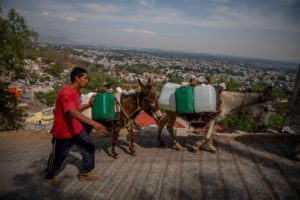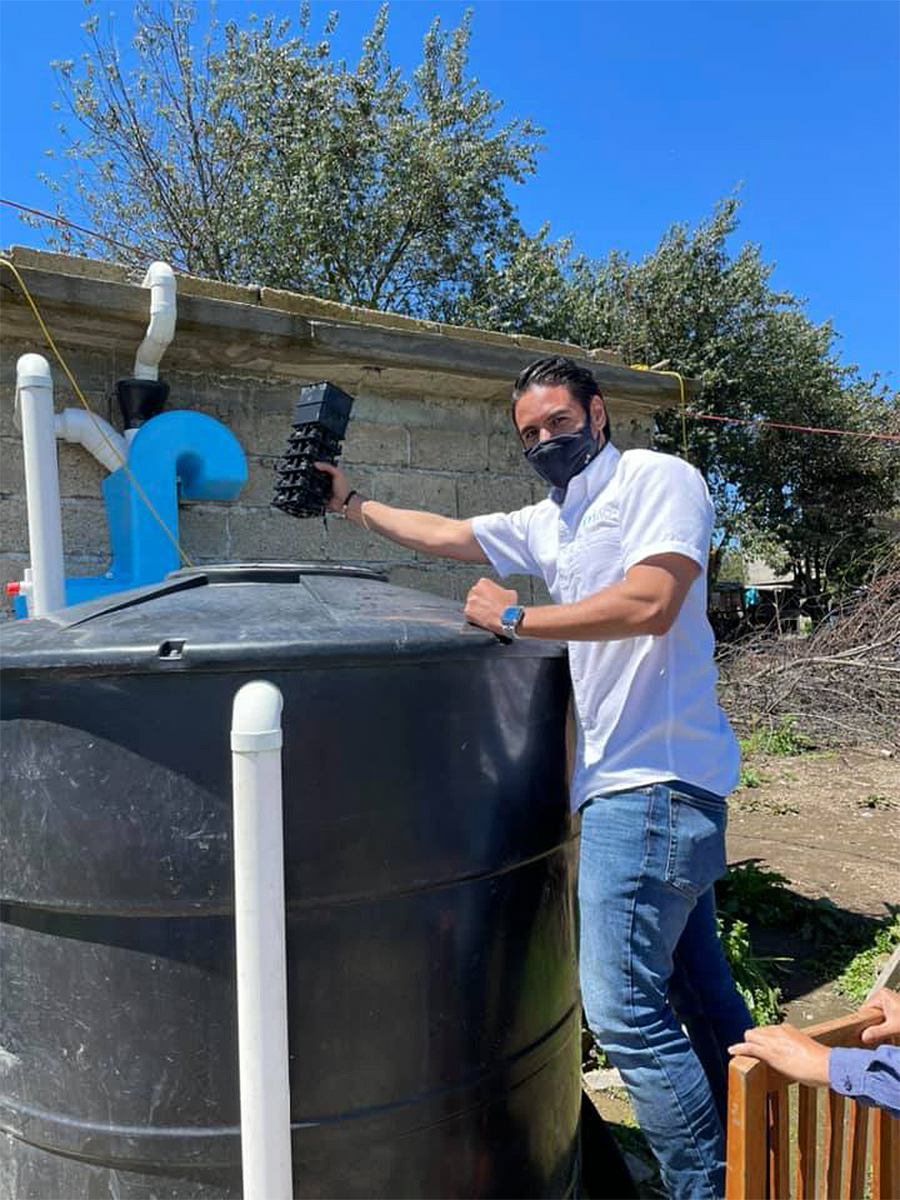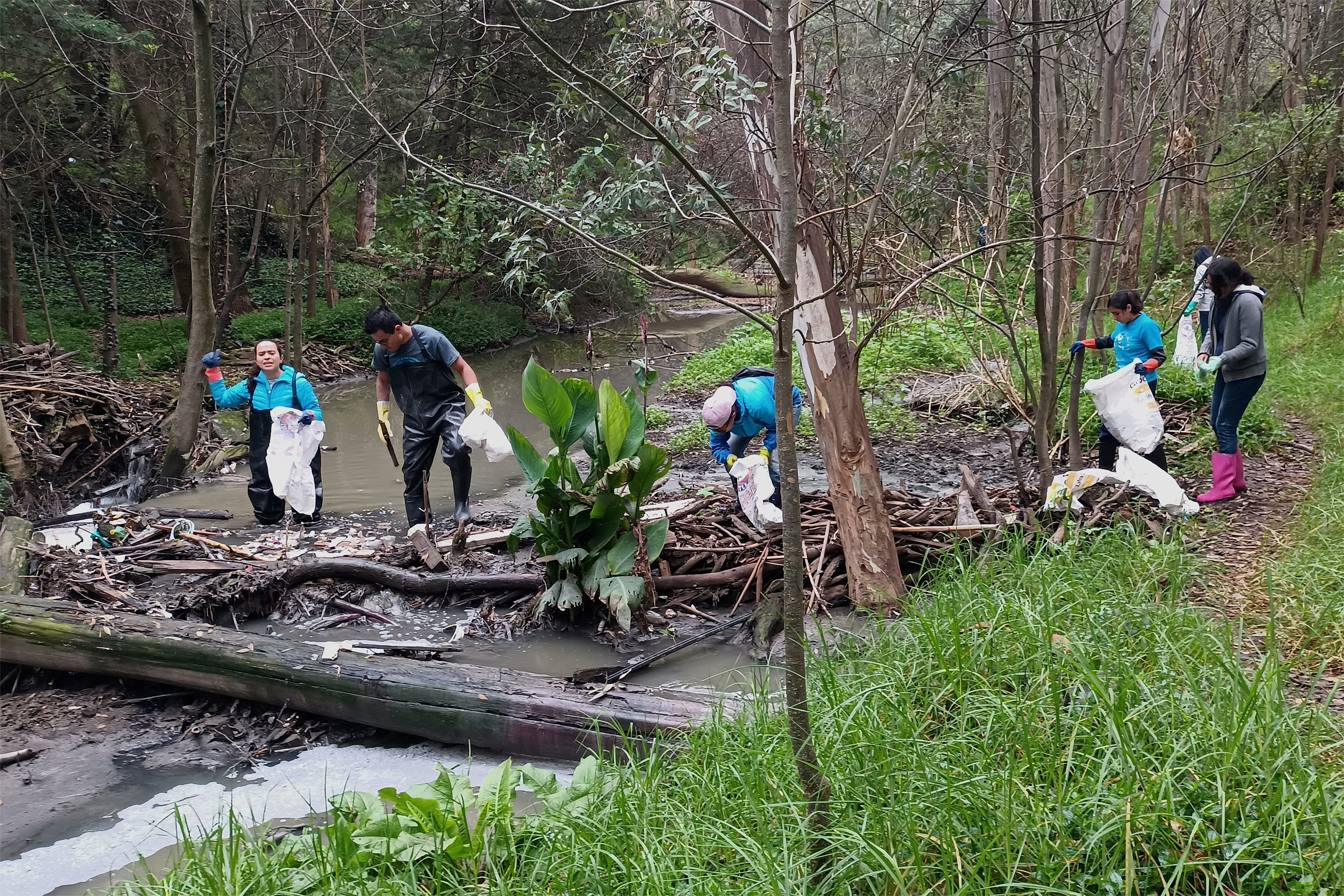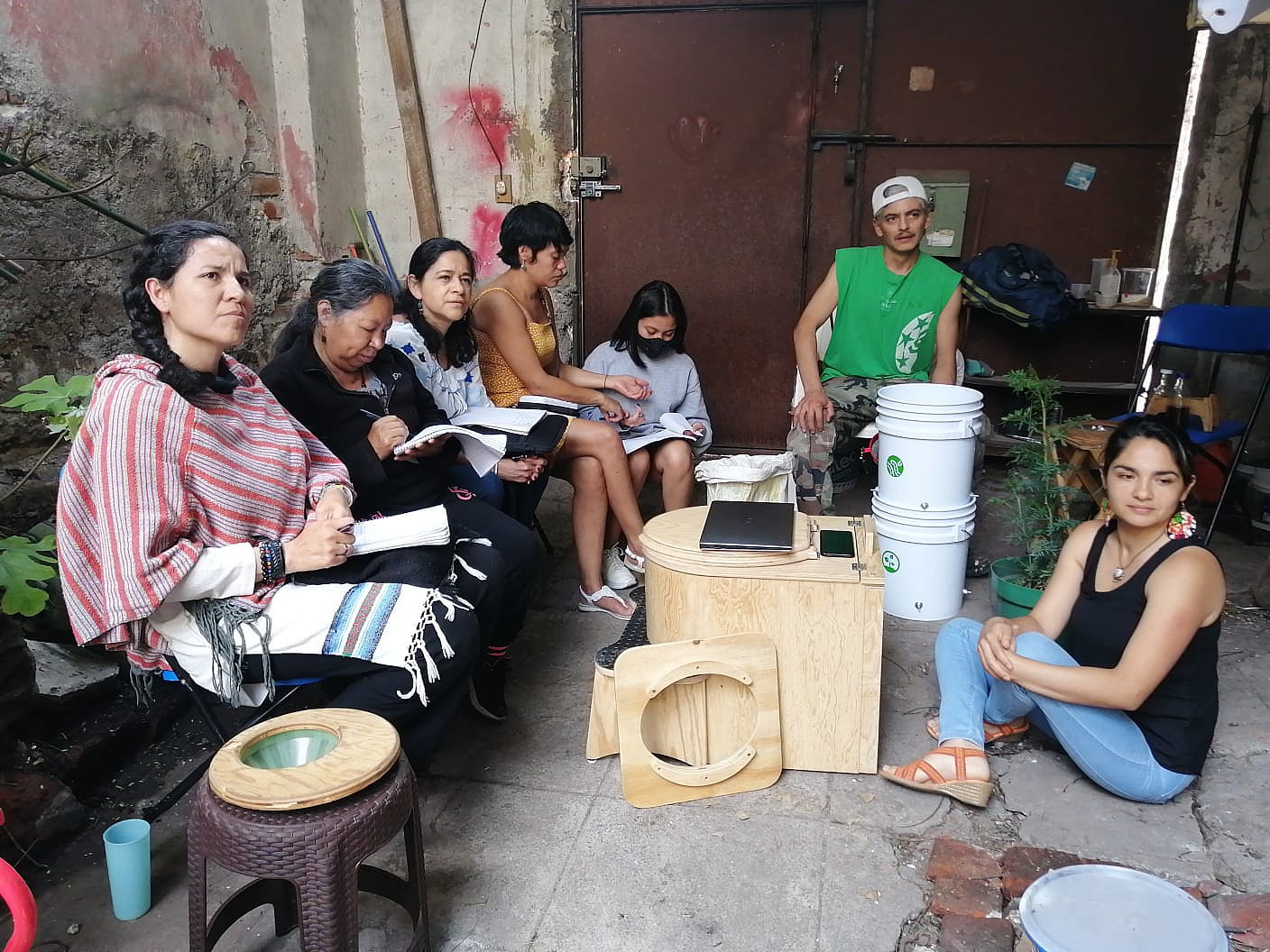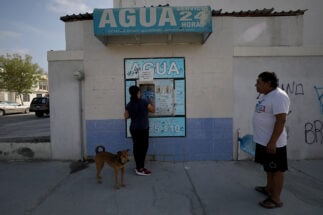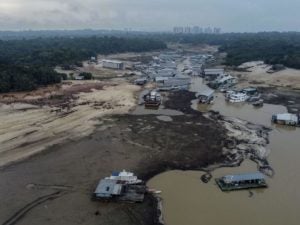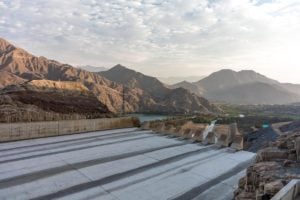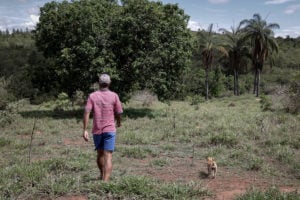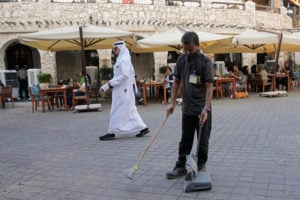In recent weeks, Mexico City and the surrounding State of Mexico have been experiencing a period of extreme water scarcity, with at least 280 of the city’s 1,800-plus neighbourhoods affected. Daily TV news clips have shown long lines of people queueing to buy water from tankers, dirty dishes piling up, and people desperate for a shower, having been unable to take one for days. In some areas, the shortages have led to protests, with citizens blockading main thoroughfares and taking to the streets with banners.
The problem is not a new one for Mexico City, with decreased rainfall, groundwater depletion and poor management having posed challenges for several years. But the severity of the situation has been increasing. Experts warn that Mexico City might soon be victim to a water crisis known as “day zero”, referring to a point when local tap water supply may run out. Researchers have estimated that this could occur by 2028.
2nd
Mexico is the country with the second-highest rate of water stress in Latin America, after Chile, according to the World Resources Institute.
The shortage is due to the fact that the basins supplying Mexico City’s water, particularly the Lerma Cutzamala system – a large pumping and purification system that provides 25% of the capital’s supply – are at historically low levels due to drought and climate change. But there are also serious failures in the supply system, including poor management, as well as infrastructure damage from earthquakes, ageing equipment and a lack of maintenance, reportedly causing as much as 40% of the liquid to escape in leaks.
Various initiatives have been launched in an effort to improve water systems, such as Water for All, a government programme that seeks to rehabilitate pipelines and hydraulic infrastructure. Authorities previously estimated that by 2024, it would be possible to provide continuous supply to the entire city. However, the problem does not seem to be improving, with a lack of rainfall presenting ongoing issues, and some commentators claiming that there is no concrete plan to stop the crisis.
Realising the seriousness of the problem, some in Mexico have decided to take charge of systemic problems through both large- and small-scale initiatives, which focus on changing habits and attitudes around water, and support thousands of citizens. They include water harvesting, the rehabilitation of ecosystems, and reducing water waste. Although they do not completely solve the problem, they are helping to re-establish the links between people and water sources, and their natural cycles. Each daily action, the leaders of these initiatives emphasise, can have an impact on a resource that is becoming increasingly scarce.
Rainwater harvesting
Among the most important initiatives are those focusing on the harvesting and purification of rainwater. Marco Sandoval is the founder of the Water For Happiness Foundation and director of Ion Ag+, organisations which install water collectors and purifiers to help communities capture and utilise rainwater for bathing, cooking and cleaning.
Having previously worked as an engineer on large-scale water sanitation projects for hotels, Sandoval decided to bring his expertise to the communities that need it most, adapting purification devices for their needs. His initiatives have worked close to Mexico City in the central states of Michoacán, Tlaxcala and Veracruz, as well as Chiapas to the south, and further afield in Chile.
“What we used to do for hotels obviously did not match the needs of a community, where the uses, customs and infrastructure are completely different,” Sandoval says. “They want water that is immediate, and they don’t want it to have chlorine in it.”
Ion Ag+’s technology treats water through an ionisation reaction to eliminate bacteria, and avoids the use of chlorine, which is commonly used in purification but leaves residual chemicals in the water. Their purifiers also do not require electricity to operate, and have since 2013 enabled more than 95,000 families to access water in their own homes.
“The first thing people notice with the system is that they no longer have to walk for water under the hot sun, that their feet don’t hurt from the weight of the water they used to carry,” Sandoval says. He adds that this is particularly beneficial for women and children, on whom the task of water collection often depends. “From having to go for two hours to having a water source right behind their house is huge.”
In addition to supporting communities to access water, the purifiers can also help users avoid diseases. Contaminated water is estimated to cause the deaths of 2.2 million children a year in developing countries; in 2019, it was estimated that more than 350 children under the age of one died in Mexico due to contact with contaminated water. The purifiers also help to raise awareness of the potential benefits for people in taking charge of their own resources.
On a larger scale, initiatives such as Isla Urbana offer rainwater collection and purification to lower-income and rural communities around Mexico City. They estimate that, since launching in 2009, more than 584,000 people in the capital have gained access to water thanks to their activities.
One limitation of rainwater collection highlighted by those involved in initiatives such as Sandoval’s is that the technology can face limitations due to a lack of rainfall; in and around Mexico City this is concentrated in the rainy season, which normally falls between May and November.
Citizen river cleaning
Ten years ago, Daniel Estrada began studying the cleaning of rivers, and decided to apply his learnings to a contaminated stream close to his home, the Chico de los Remedios River, found in the municipality of Naucalpan, north-west of Mexico City. He founded a citizen-led clean-up initiative playfully named Enchúlame el Río – roughly translating to “pimp my river”, a nod to the Spanish title of the 2000s car-tuning TV series Pimp My Ride.
The project seeks to promote rivers’ essential role in a city’s water system, given their contribution to the recharge of aquifers, allowing water to infiltrate the soil and recharge groundwater levels. The group’s main sessions occur on the last Saturday of each month: community members, businesses and organisations gather to put on rubber boots and gloves, wade into the waters and remove garbage bags, diapers, tyres and other trash. He based this idea on the concept of tequio, a principle of Indigenous organisation where collective activities are carried out for the benefit of the entire community.
After 10 years, Estrada reports that the project has managed to remove 250 tonnes of garbage from the river and transform its fortunes. He tells how piles of waste had previously altered the course of the river and caused it to stagnate, but that it now runs more naturally, the decaying odour has reportedly lifted and more flora and fauna has come to life in the area. It has not only positively impacted the river and its nature, but motivated the community around it, he adds.
Estrada recalls that at the project’s start, it was difficult to get people to come, but as they saw its impact and word spread, it grew beyond the weekly sessions, and beyond the river itself: currently, up to 120 people pick up trash in the area on a daily basis. They are currently requesting that the National Water Commission (CONAGUA) create a working group to formalise their work. Estrada adds they are also seeking to collaborate with other organisations to introduce water cleaning technologies into the area, such as biodigesters and a system with worms, among others.
Ecological toilets
One of the biggest causes of water wastage is conventional bathrooms: a typical toilet can use up to 16 litres per flush. Raimundo Acevedo Aguilar, an industrial designer, became aware of the enormous amount of water that was being wasted, and decided to start working on a dry toilet system for his own home. For over five years, he has been collecting his waste and separating solids from liquids. To avoid odours, he uses sawdust or other natural dry fibres such as leaves, and produces high-quality compost, which he uses to fertilise land and contribute to regenerative agriculture projects.
“Water is not a conveyor belt for waste – it is a conveyor belt for life,” Acevedo says. “Water is not equipped to treat organic matter, so human waste should not be put into the cycle.” He claims that an ecological toilet system can save more than 15,000 litres of water per person each year.
After some early successes Acevedo began to share his experiences with friends, family and online, also holding events to promote his approaches. He says his project has managed to influence and change the practices of several people among his community in Mexico City, who have now adopted compost toilets. He has also founded the Network of Live Dry Toilet Users, which brings together thousands of people sharing best practices on water usage and holds workshops to train others.
For people who lack the means to install their own toilets, WC Eco is a larger company that installs dry toilets with a contemporary style in Mexico’s capital and other cities in the country. It also offers a service for collecting waste, which it processes for use in agriculture. It also offers learning and workshops for its users, answering questions they may have around operation and concerns about bad odour or disinfection. WC Eco estimates that more than 15 million litres of water has been saved since 2017 thanks to their services, and over 180,000 kg of compost has been generated.
Small changes, big impacts
Despite being implemented on a smaller scale, these initiatives have proven valuable in promoting water conservation, fostering a change in habits and playing a positive role in a future likely to be marked by increasing water scarcity.
In Mexico, current efforts are focusing on expanding the drinking water network without ensuring the capacity to adequately distribute the liquid, and sanitation is being ignored, Juan Francisco Bustamante, president of the Water in Mexico association, recently told local media. He said future plans focus on building more dams and aqueducts, and on adapting and modernising the supply infrastructure, without considering other areas of the natural water cycle.
Bustamante noted that it is essential to change approaches to water use, focusing public policies on the reuse of the resource and the capture of rain. In this regard, these citizen initiatives around Mexico City could support his proposed policies: they take into account the rehabilitation of water ecosystems, the health of rivers, the collection and purification of water, as well as the reuse and best use of the resource and its natural cycles.
